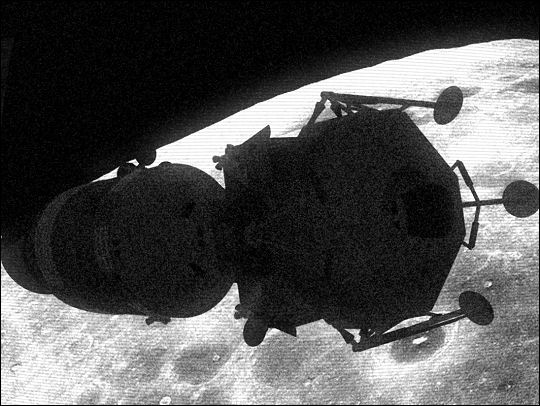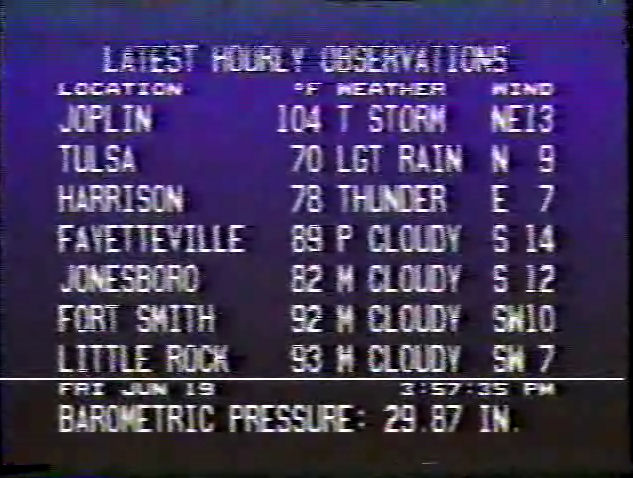
Tomorrow, 43 years will have passed since humans first walked on the moon. This December, 40 years will have passed since we last went there.
Too bad we don’t go for these little drives anymore.
The idea behind this image was: what if, for propaganda/PR/hammering-it-home purposes, one of the Apollo flights had included a subsatellite whose sole purpose was to provide external TV coverage of the flight? The results probably wouldn’t have been Hollywood, but they would’ve been memorable, hence the addition of static, scan lines and a bit of a “whiteout” effect from the moon in the background. (That being said, the image is probably still “too clean.”)
By the way, we could probably totally do the “cameraman subsatellite” thing today, at least on a short-range basis (you probably wouldn’t be able to drop jost one of them and have it follow the vehicle for the entire trip). We have, as they say on teevee, the technology.
(Lunar photo: NASA / 3D Studio Max & Paint Shop Pro dabbling: me)


The shuttle had that technology. You know, the camera on the robot arm to view any potential tile damage?
I think the Apollo mission could have done that if they cared. Throughout the mission they had these little hand held TV cameras in the command module they used to talk to the public and so on. Quality was lousy but it worked. Put one of those cameras in a compartment in the service module and tether it using the TV cable. Pop open the door and the camera springs out. The hard part is getting the camera to point where they want it to. They could connect the camera to a couple extendable rods and control the rods manually or with a couple small motors. The camera might not be able to get far from the spacecraft – 3 to 5 feet – but put a fisheye lens on the camera and you are golden.
They could also have had some kind of extendable periscope in the command module and stick a camera on it. They had those in the Mercury Redstone capsules.
Either setup would have been very helpful during Apollo 13. Assuming the camera or periscope survived the explosion, they could have used it to survey the damage to the spacecraft early on in he crisis instead of waiting until they ejected the service module just before they entered the Earth’s atmosphere.